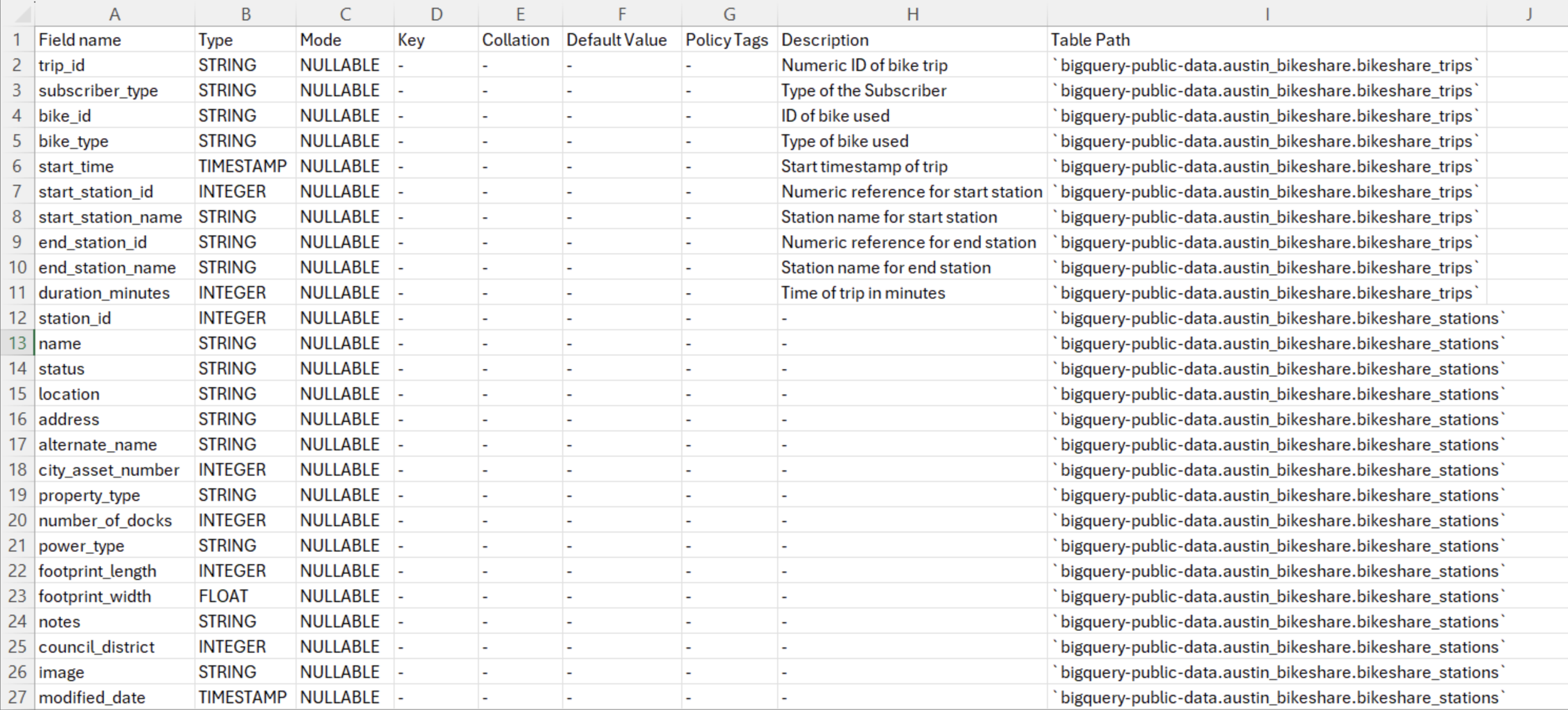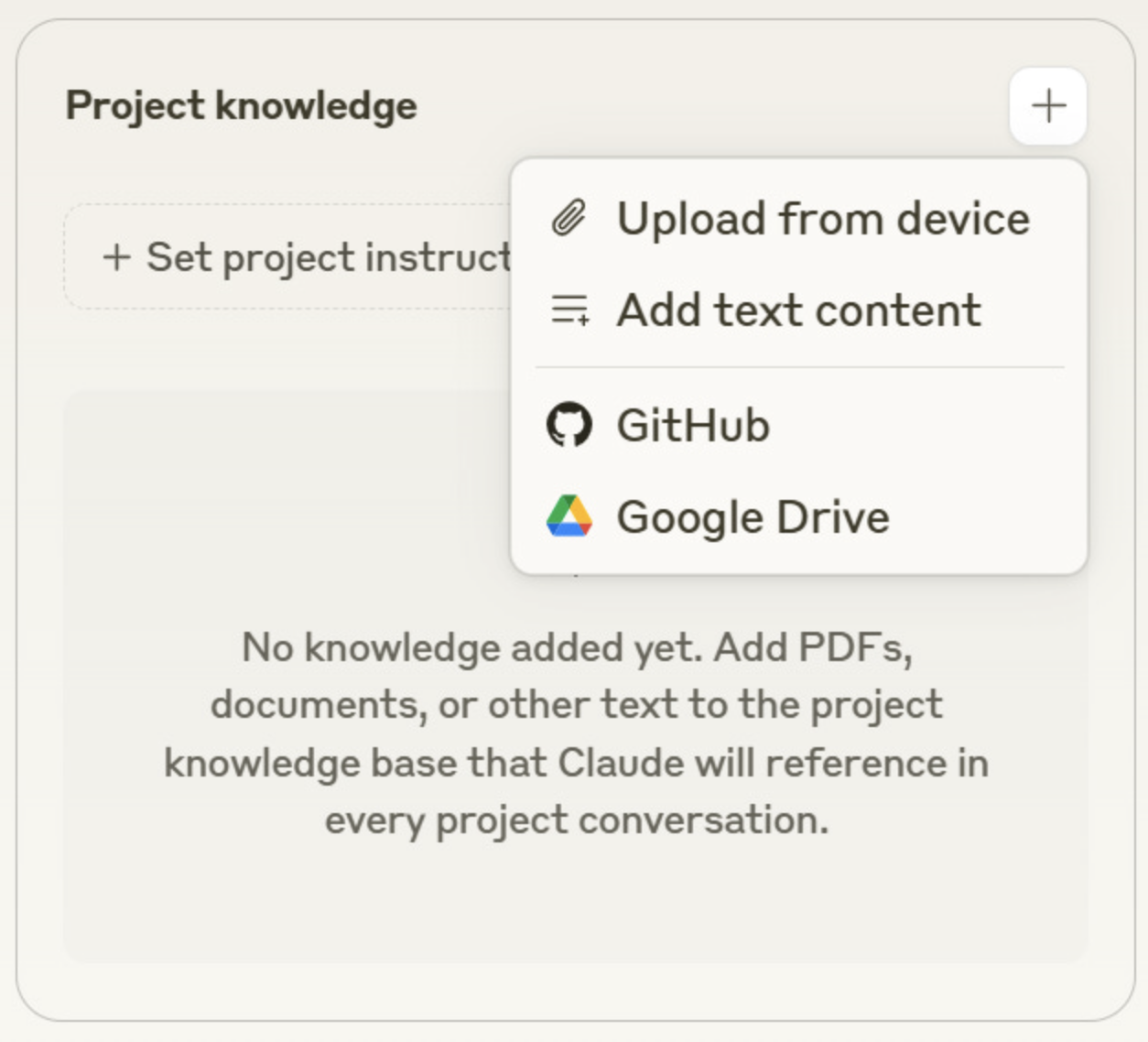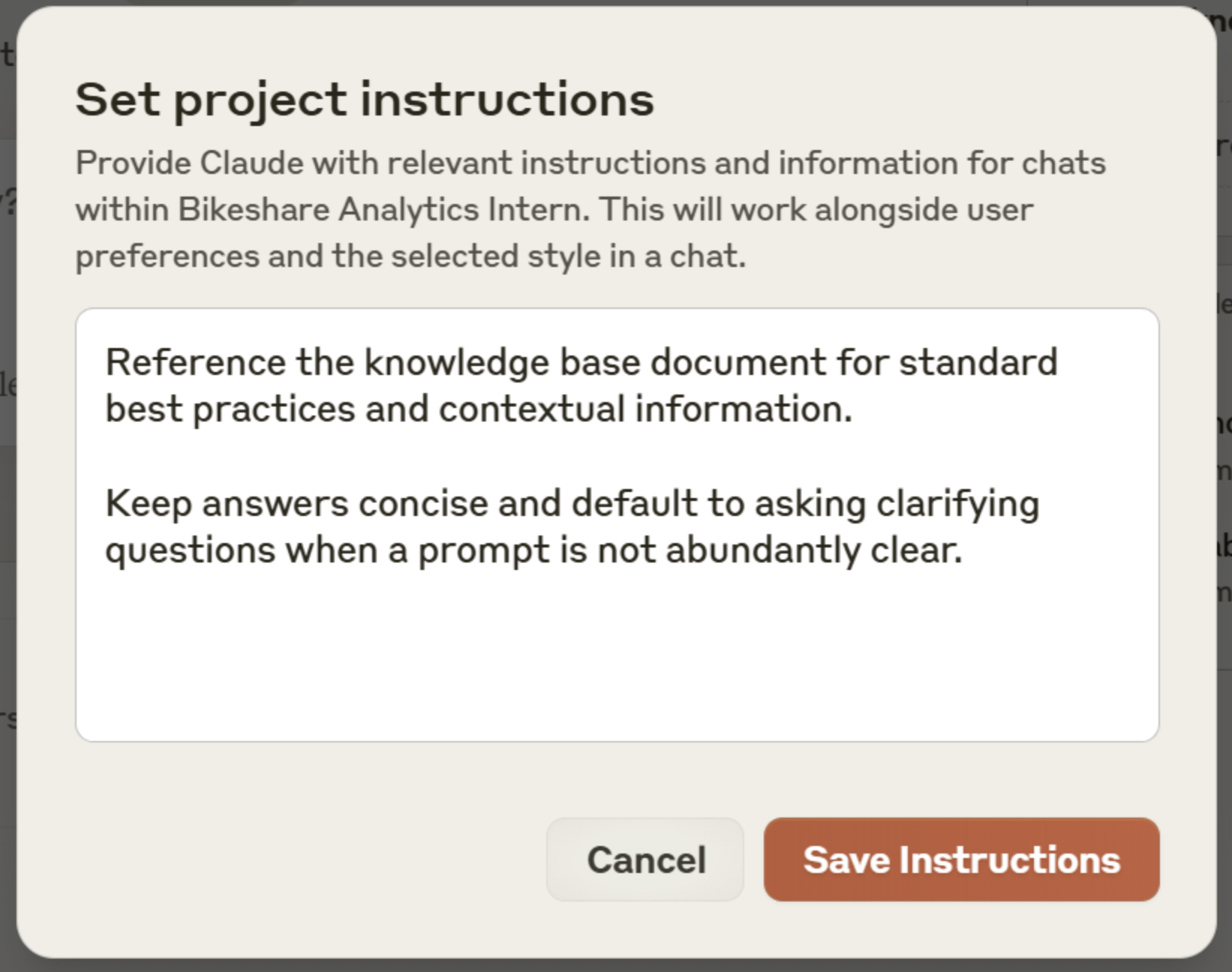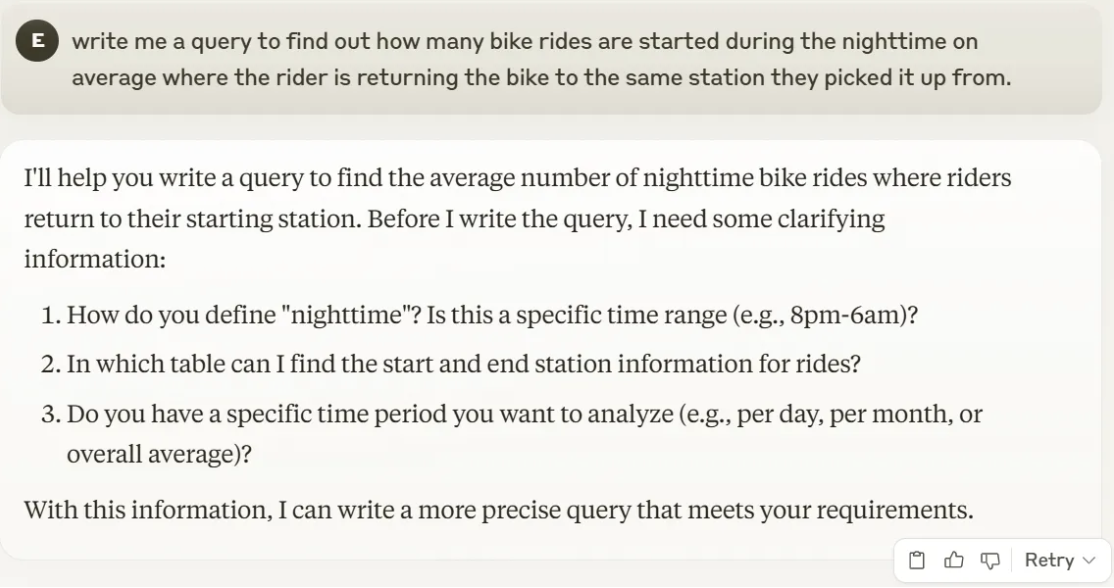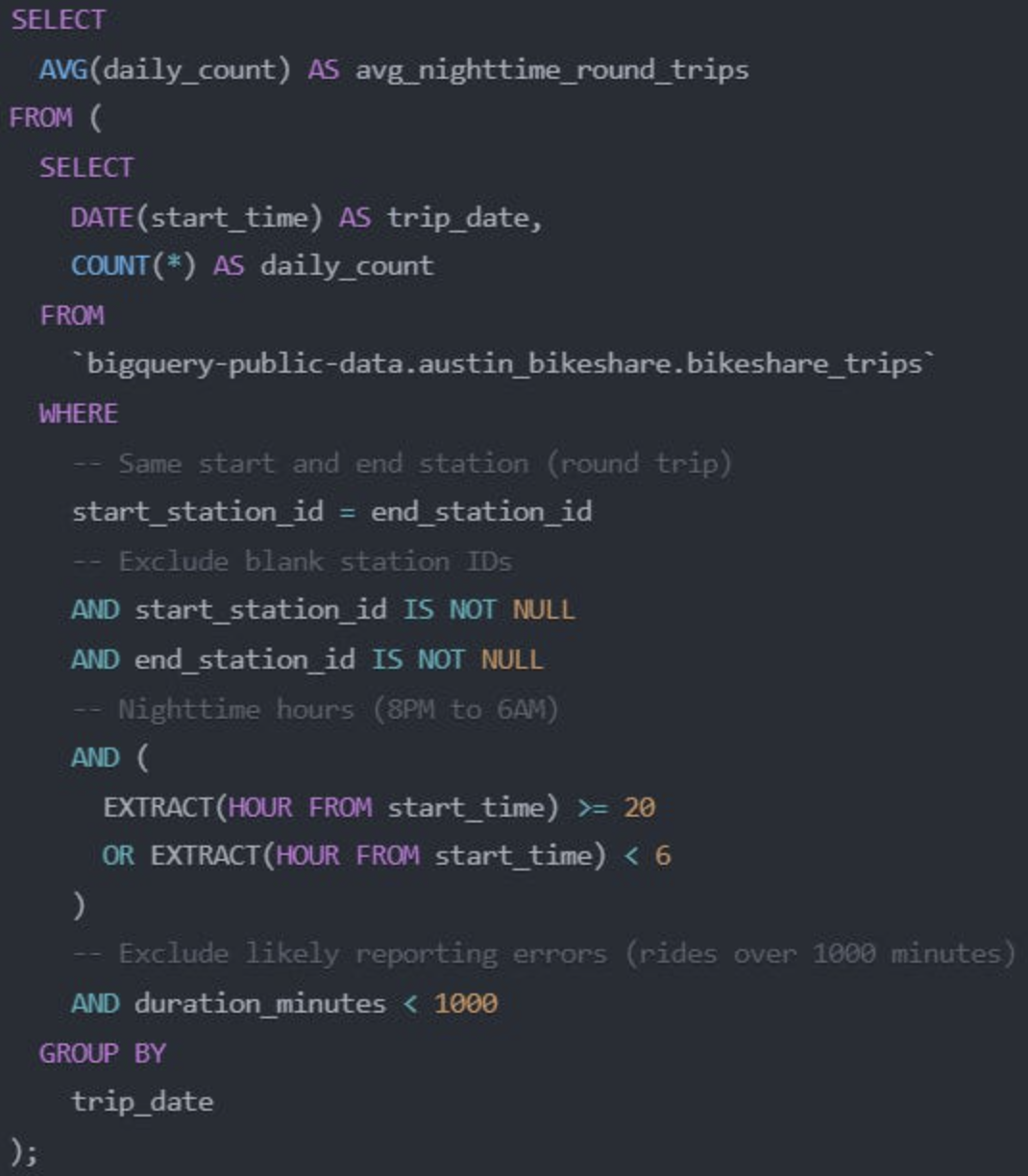Your New Intern Is Here: How To Use Claude to Complete Menial Tasks
Not to gloat, but I have been following the development of AI language model products since before ChatGPT came out and OpenAI was only known to nerds for their 1.5 Billion parameter GPT-2 model. These days, things are changing fast. It seems as if one day you hear about a chat model capable of holding real live conversations indistinguishable from a human (albeit some hilarious mishaps in logic and understanding), and the next you learn about a new multifaceted tool that can write entire apps based on one prompt with limited context. I spend a lot of time with this technology and use it almost every day. The constant changes often overwhelm me, so I can only imagine the weight felt by companies faced with the new gold standard of including the technology in every aspect of their business moving forward.
How much is it going to cost to integrate with our current systems? Who are the right people to hire? If we pay for development now, will our tooling be obsolete the next time a new advancement is made? How are our competitors implementing this tech in their workflows?
My answer to all of these questions, especially for small businesses: Don’t overdo it… at first. Luckily for you, if you are just entering the game now it has never been easier for a no-code team to get up and running leveraging the immense capabilities of AI. Most language models are far more competent than what is required of your most imaginative business needs, but today we are going to be focusing on Claude. Claude is Amazon-backed Anthropic’s premier model which sets itself apart with its strong emphasis on ethical considerations (notably implementing a secondary AI to evaluate responses before returning results to users to ensure compliance with ethics guidelines).
While ethics are obviously important, Claude admittedly sold me on its ultra simplistic UI and easily digestible response structure. If I ask Claude to code me a Plinko app with relatively little additional instruction, I am going to get an answer splayed out across the screen like this:
The purpose of this article is not to evaluate the efficacy of the code generated by Claude versus other LLMs, but man am I a sucker for that dual window view. My goal here, however, is to show you how you can build usable and effective tools in a matter of hours that can be useful to your organization using Claude Projects.
Claude Projects are Anthropic’s answer to customer needs for a large context window. Essentially, this gives the user the ability to inundate the chat bot with a TON of text information and be able to ask questions related to vast amounts of documentation. The bot is able to use this information as context when it answers your questions.
Think of an intern who begins working in a specialized industry. Similar to AI models, this intern might have basic commonly available skills such as how to build a simple program or how to write a SQL query. Neither AI nor the intern will have knowledge about the structure of your internal databases allowing them to answer questions that relate only to your organization, and the expectation is that over time the interns will learn from instruction. While some chat bots have introduced something called ‘Memory’ which can build a contextual knowledge base from your previous conversations, Claude allows you to dump as much context as your heart desires in one fell swoop (well… not exactly… you are allowed roughly 200k tokens or 500 pages of text). Effectively, instead of explaining the nuances of your database and table locations to your intern every single time you ask them a question, they have already “learned”.
Projects are a paid tier feature of the application which will run you about $20/mo but can save you or your organization immeasurable amounts of payroll hours. Setting one of these projects up is simple and requires 0 software development experience. Once you enroll, hover over the Claude logo in the upper left hand corner of the screen and select “Projects”.
In the upper right hand corner, select “Create Project”
Enter a name and description for the project. For this example, I will effectively create a business analytics intern using a public dataset from Google BigQuery `bigquery-public-data.austin_bikeshare` to demo the tool’s capabilities.
Next, and perhaps the most important step of the process is the data curation effort. This information will be uploaded to Claude’s context window and allow you to detail proprietary and other private information not already available through the standard LLM training process. Here you can place documentation specific to your business needs including:
Specific textual information about a subject matter
Schema information for a relational database
Code snippets
Images
If you are a law office, you might place specific case information in this window to query. If you are in a research field, you might include a hand typed word document about best practices for your lab or center that must be followed when generating responses. If you work in a major organization that has hundreds of acronyms with vague meanings, you might include a glossary detailing all of these terms so the bot can effectively interpret any communication data you pass along. If you are an analyst, it might be wise to include sample CSVs of data pulls along with pictures of graphs that effectively represent the data you are working with.
In my case, I want my intern to understand the structure of my data which fortunately only requires me to curate field information for two tables. I understand most organizations use hundreds of datasets and tables, but the painstaking process below is WORTH IT (and reusable in the case of tool obsolescence).
If you are not dealing with databases, I would skim through the next few paragraphs
I first want to upload a document that will give Claude my field information. For this, I was able to simply copy paste the information into a csv. You could certainly just screenshot the field layout from your database’s UI, but I have found that having actual text for the LLM to read usually generates higher quality results.
You will notice I included a column titled ‘Table Path’ so that I could compile multiple tables into the same csv and make uploading to the project a bit more seamless. The dataset in this example is pretty easy and clean, but more often than not there is tons of nuance that needs to be addressed pulling data via SQL. Just as you would need to explain this to an intern such is the case with Claude. To tackle this, I am simply going to detail these specifics in a separate word document titled ‘Knowledge Base’. It would also be wise to include example queries you have used in the past in this document for reference.
A knowledge base document is an important step as it can contain instructions for several different situations. This would be a good location to include a glossary or other general pieces of information that Claude would need to effectively understand your questions and business cases. In this example, mine will be pretty simple and I will leave it as what is shown above. However, in order to build a robust, powerful tool, you should spend a lot of time nurturing this document. Always think, “what information would a new hire need to get right to work?” The more effort you put into this on the front end, the better your results will be. I go over creating context documents in detail in this article as well.
When you have your documentation compiled, you are going to go ahead and upload it
Use naming convention for your documents that will help Claude identify where to look or be easy to reference in the chat window. Then select ‘set project instructions’ and supply necessary instructional pieces on document references and response preferences. Here is an example
Now you are ready to go. You will certainly want to update your files as you go, so keep the file saved to your computer in order to delete and re-upload as needed.
Let’s give it a whirl! I simply start typing in the chat window to get started and can start new chats as needed within the same project. For this example, I am going to ask a SQL question so, while probably overkill, I will flip on ‘Extended Mode’
To begin with, I am going to try to dive straight in asking for a medium difficulty SQL query. I am intentionally leaving some details vague to ensure Claude is appropriately addressing clarifying questions
I answer the clarifying questions and proceed. You might note that the answer to number 2 is within my documentation, I reinforce this idea by answering as such forcing it to retrieve the answer on its own. It gives me this query
As you can see, it follows the instructions I laid out in my documentation to the letter and uses my answers to the clarifying questions to fill in the gaps. This example can be extrapolated out to far more complicated use cases and will likely return answers that require little to no maintenance. As you iterate on your project over time you will likely encounter inconsistencies or failures in reasoning which can be corrected by simply adjusting the language of your knowledge base document. In fact, you can even ask it to rewrite your knowledge base for you to address any vagueness and inconsistency.
Want to learn more about how your business can leverage the power of today’s technology? Read about how we can help at Abel Analytics and schedule a free consultation here.




